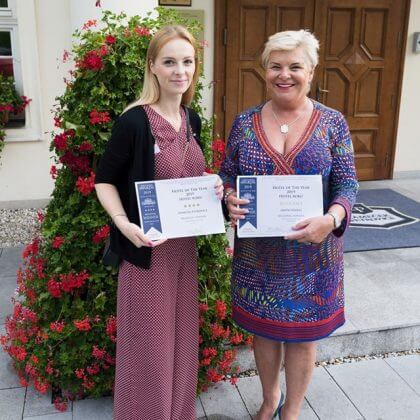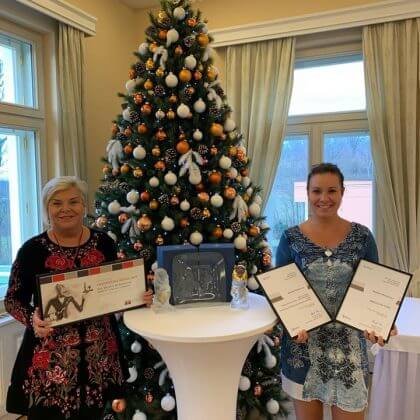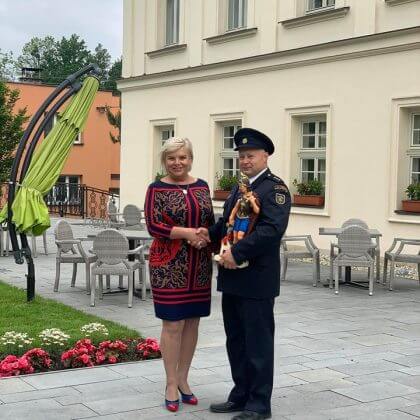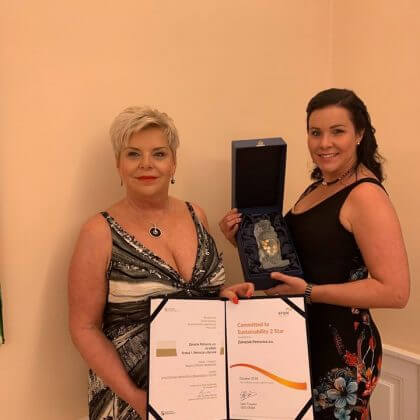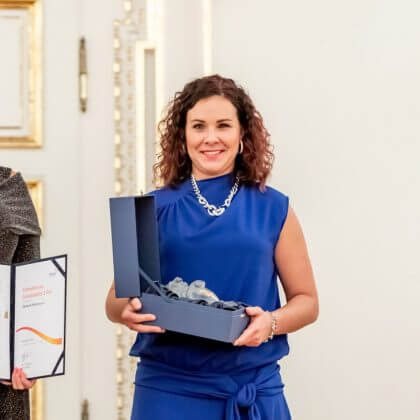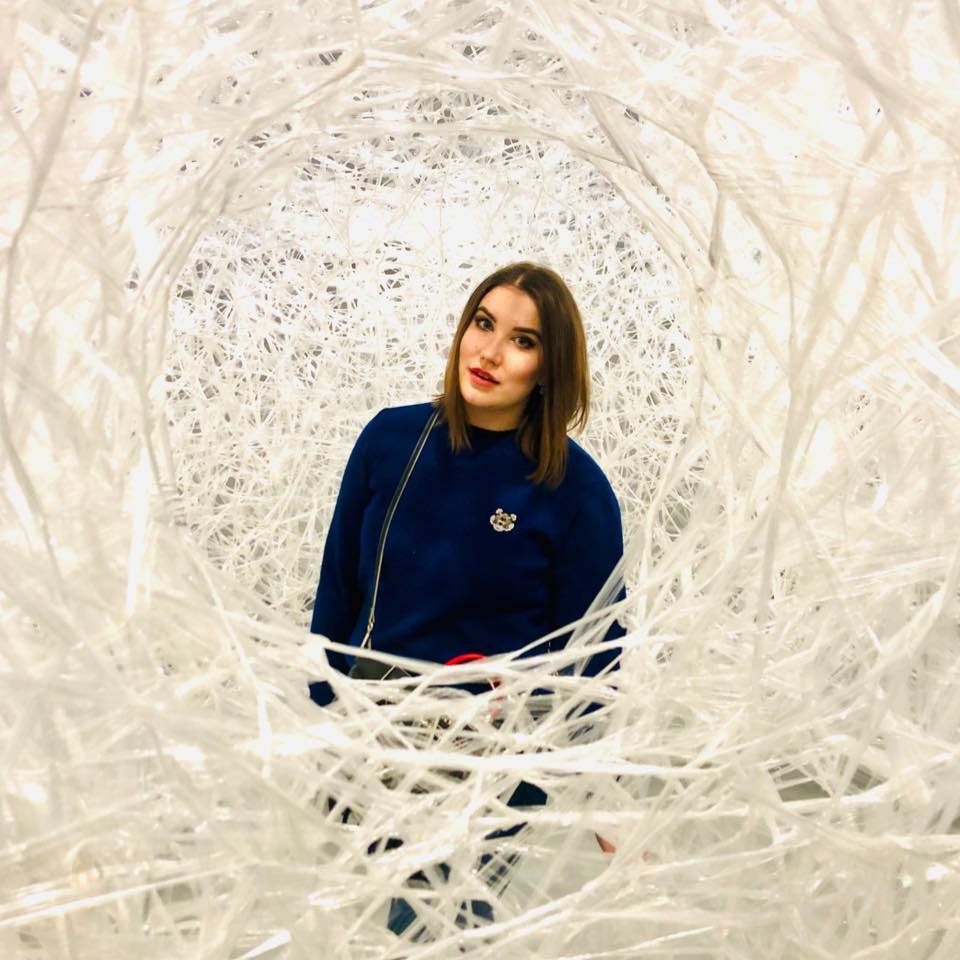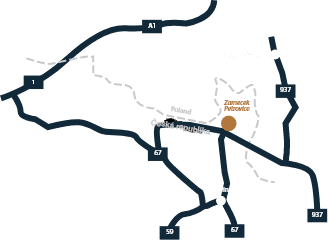History
Zámeček Petrovice – Pearl of the Cieszyn-Silesian architecture
Back and forth between Poland and the Czech Republic winds the Piotrówka River covering the picturesque area of Cieszyn Silesia. It is worth following in her footsteps, for right abroad, in the town of Piersna in the Czech Republic, on its banks, on a forested hill, from which one can lay their eyes on the unique view of Fryštát, stands a classical palace with aristocratic roots, and which former inhabitants were entangled in the tragedy of Mayerling.
The beginning of the palace dates back to 1796, when a representative of an old Silesian family Wojciech Gusnar, the knight from Komorno, bought the tiny village of Piersna from Count Jan Larisch. In the middle of the landscape park the new owner built a two-wing palace in the Empire style.
The main wing had a triangular tympanum, characteristic of monumental buildings of Greece and Rome, formerly decorated with the owners’ coat of arms. The main entrance is adorned by a balcony, supported by Tuscan columns, and the hip roof with small lucarnes. Inside, the stewards took care of the stucco decorations and gathered an extremely impressive library.
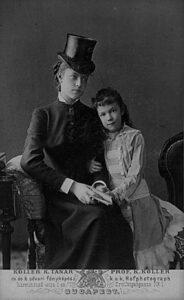
In 1879, the Gussnars sold the village back to the Larisch family. Thus the palace became Georg and Maria Luisa Larisch von Mönichs’ residence. The counts’ fate permanently entered the history of the Austrian monarchy. Baroness Maria Luiza von Wallersee was the favorite niece of the Austrian Empress Elizabeth, also known as Sisi. It was the empress who had brought Maria to the Viennese court and soon married her off to Count Georg Larisch, nephew of Count Jan Larisch, owner of the Karviná majorate. The young couple lived in the small palace in Piersna, which reminded Maria of a jewelry box, for only four years.
Maria was a famous person in the aristocratic spheres, where she met Henry Baltazzi, who soon became her lover. In 1888 Maria Larisch introduced Maria Vetsera, the Baltazzi’s cousin, to Archduke Rudolf, whose marriage had not been going well. On December 30th 1889, Maria Larisch brought the young Maria Vetsera to Schönbrunn Palace for a secret meeting with the Archduke. From there, Maria Vetsera went to the hunting palace in Mayerling, where Rudolf later joined her. The mysterious circumstances of their suicidal death remain a mystery to this day. After the events in Mayerling, when the role of the matchmaker had been revealed, Maria Larisch fell out of favor at the imperial court and soon returned to Bavaria alone. In 1896, her marriage to Count Larisch ended.
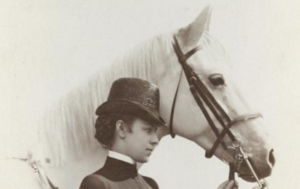
After the tragic events in Mayerling and the breakup of the marriage with Count Larisch, Maria married the opera singer Otto Brucks, who died in 1914. During the First World War she worked on the frontline as a sister of the Red Cross. In 1920, a film about the Empress Sisi was shot, in which Maria Larisch played herself.
After the war, in 1924, she left for America and married a farmer from Florida, William Henry Mayers. William, however, turned out to be a fraud, who counted on the European countess’s title and fortune. In 1926 she left him and fled to New Jersey, where she worked as a cook and cleaning lady. In 1929 she returned to her hometown of Augsburg where, eleven years later, she died poor and forgotten.
Meanwhile, in 1893, the palace in Piersna became the property of the Larisch counts from Karviná. During the division of the fortune in 1927, the estate and the park were sold and after renovation, the Czech primary school occupied the first floor.
In 1947, the palace was sold again, this time to Szczepan and Marta Wnuk. After their death, it became the property of the National Council in Karviná, and from 1985 the Jednota association – Unity in Český Těšín, which turned the palace into a hotel and restaurant. In 1999 the building was given back to its legal heirs.
In October 2012, the palace and the park were purchased by the TRESTLES Company. The facility has been renovated and refurbished. The park and the approach road surrounding the palace underwent thorough changes.
- Zámeček Petrovice u Karviné – Historické foto
- Zámeček Petrovice u Karviné – Historické foto
 The Owner – Jolanta Burkot
The Owner – Jolanta Burkot
We have our own philosophy and standards.
Jolanta Burkot is the owner of the small castle in Petrovice-Prstná on the Polish-Czech border. The castle was built at the end of the eighteenth century on a hill above the Petrůvka river. Nowadays it consists of an elegant hotel and restaurant with a terrace, and an attractive underground wellness facility. It is surrounded by a well-cared-for park full of attractions for children. Formerly Zámeček Petrovice and the whole Prstná belonged to the Larisch family. Chateau Petrovice is a dream come true for a businesswoman from Karviná, which she fulfilled after years of working in the technical industry.
Imperium Kobiet: What had been your career path?
Jolanta Burkot: I had worked in Kovon, in the foreign trade department. In 1995, I and my business partner founded the company TRESTLES and we started producing metal shelves. These were the days when getting a loan was much easier and it was the perfect time to build your own business from scratch. We lived modestly and economically, and all the money we earned was invested in business development.
IK: The historic castle is one of the most beautiful hotels on the Polish-Czech border. How did you come up with the idea to make such a spectacular complex in such a place?
JB: The joint-stock company TRESTLES broke through onto foreign markets and became a leading producer of shelves in Europe. Despite this, I began to miss direct contact with clients. I wanted to do something that made people happy and which effects were immediately visible. In 2012 there was an opportunity to buy the small castle, which had been neglected and unused, so I decided, together with my business partner, to invest in it. With an idea, élan and a considerable amount of money we have renovated the building. On May 31st 2013 a hotel and restaurant were launched. Thanks to the large hall on the first floor of the building, we began organizing wedding receptions and other occasional events. Today, young couples who dream of getting married alfresco can use the park and a special wedding gazebo. In addition to the castle hall, which can accommodate up to a hundred guests, we also have several smaller rooms which we rent for family or corporate events.
IK: 2017 was a breakthrough in your career.
JB: That was the year when I decided to buy out my business partner’s shares and become the only owner of the castle. I decided to introduce radical, conceptual changes. Earlier, we focused on luxury and “top-shelf” clientele. However, in a restaurant where waiters serve guests in white gloves, distance can be created, through which some may feel uncomfortable. I decided to completely broaden my perspective and open myself to new clients. We still maintain high quality services, although prices are more affordable. Today, families with small children or cyclists in tracksuits can feel at ease in our restaurant. The menu changes completely every three months, but there are some flag dishes that the Petrovice gastronomy is famous for. These include pearl oyster mushroom tartare, grown on our own plantation. The atmosphere prevailing among our guests is no less important than our food.
IK: Is the Czech business world similar to Polish, meaning it being dominated by men? If so, was it more difficult for you, a woman, to enter the market?
JB: From a broad perspective of someone who loves travelling around the world – I admit that people who work in sundry countries react to external stimuli, communicate and make decisions differently. Women communicate to create a bond, encourage interaction and create synergies through relationships. Experts say that companies led by ladies assess risks more accurately and manage them more efficiently. Women are much better at recognizing and solving the problems of stakeholders – clients, employees, local communities – which has a significant impact on the business’s success. Personally, I think that work-wise it doesn’t matter if there is a woman or a man on the other side. I focus on developing a mutual, partner and professional benefit.
IK: Where do you draw inspiration for the development of Zámeček from?
JB: I have travelled all over the world, seen gorgeous resorts, and that’s how I knew exactly what I wanted from the beginning. Today, the hotel has stunning underground relaxation facilities integrated into the surrounding park.
IK: What attractions are awaiting the guests visiting the SPA?
JB: Guests can not only enjoy several types of sauna, bathing and massages, but also relax on a wooden terrace by a lake, sheltered from prying eyes. The wellness and SPA area is accessed from the second lake, which is located in the public area of the park. A specialty is Klafs’s unique “Seventh Sky” therapeutic bed – the only one in Central Europe. We offer a lot of gift packages and our staff also speak Polish.
IK: Art seems to be an important aspect of your life. Where does this interest come from?
JB: That’s true. Every quarter we organize vernissages introducing paintings from Czech artists, as well as artists from abroad, whose works are then exhibited in the restaurant. A permanent exhibition of paintings hangs in the hotel, while in the park one can find works of many renowned artists. The most famous author is Blanka Matragi. Most of the art items hung in the castle I bought at charity auctions. We also try to organize recurring events for local residents. In the summer that includes an open-air cinema, in winter a meeting at the Christmas tree. Thanks to the pro publico bono activity, we have received the Hetman Award of the Moravian-Silesian Voivodeship for social responsibility in the category of companies consisting of up to 50 employees – twice, and we also came first in the same category in a similar competition on the scale of the whole Czech Republic, also twice.
IK: Is it true that the legendary Karel Gott sang at the opening of the renovated castle?
JB: That’s true. Despite the fact that Mr. Gott was accustomed to huge concert halls, for us he made an exception and sang for an intimate audience. This is one of the perfect examples of the momentum with which we approach every event we organize.
IK: How do you imagine the castle in 10 years’ time?
JB: We are changing dynamically, trying to keep pace with our guests, whose needs we closely observe. We have developed our own philosophy and standards, thanks to which our guests keep coming back. That is the biggest reward for our work.
Charity work & Awards

Cena hejtmana kraje za společenskou odpovědnost za rok 2016
Cena hejtmana kraje za společenskou odpovědnost za rok 2017
2017 Ocenění Zámeček Petrovice Vítěz ankety redakce FirstStyle magazine nejlepší wellness hotely v destinaci Moravskoslezský kraj
2017 Ocenění RESTAURACE ZAHRADA Vítěz ankety redakce FirstStyle magazine nejlepší wellness hotely v destinaci Moravskoslezský kraj
2018 Národní cena České republiky za společenskou odpovědnost – V kategorii „malá a střední organizace“ získávají ocenění „Společensky odpovědná organizace II. stupně“ a mezinárodní certifikát „Committed to Sustainability (2 hvězdy)“ v následujícím pořadí společnosti: Zámeček Petrovice
2018 European Foundation for Quality Management (EFQM) Committed to Sustainability 2 StarAwarded to: Zámeček Petrovice (This certificate remains valid for 3 years)
Czech Hotel Awards 2018 – Hotel of the year – Regional Winner – Moravskoslezský kraj
2019 Národní cena kvality České republiky START PLUS – PODNIKATELSKÝ SEKTOR: Malá organizace: Absolutním vítězem v Národní ceně kvality České republiky v programu START PLUS. Národní cena kvality České republiky – program EXCELENCE.
2019 Národní cena kvality České republiky START PLUS – Absolutní vítěz
Czech Hotel Awards 2019 – Hotel of the year – Regional Winner – Moravskoslezský kraj – 2ND PLACE
Czech Hotel Awards 2019 – Hotel of the year – Regional Winner – Moravskoslezský kraj – RESTAURACE – 3RD PLACE
Special Award AHR ČR 2019 – Responsible hotel/restaurant, Hotel Zámeček Petrovice u Karviné
Certifikát kvality pro rok 2021 – za výjimečné služby v oblasti ubytování a pozitivní hodnocení zákazníků webu hotel.cz
Czech Hotel Awards 2021 – Hotel of the year – KATEGORIE 4* – Absolutní vítězové
Czech Hotel Awards 2021 – Hotel of the year – Regional Winner – Moravskoslezský kraj
Czech Hotel Awards 2021 – Hotel of the year – Regional Winner – Moravskoslezský kraj – CONGRESS
Czech Hotel Awards 2021– Hotel of the year – Regional Winner – Moravskoslezský kraj – CONGRESS WELLNESS & SPA
Zámeček Petrovice near Karviná has a lot of projects, which it tries to support or sponsor throughout the whole year.
MFK Karviná – football, HCB Karviná – handball, Kabal Karviná – badminton, Spartan Karviná Bomber No1 – training team, floorball Petrovice, Workout SŠTaS Karviná, Home Alzheimer Darkov o.p.s., Kennel club Kovona Karviná, dog shelter Karviná, choirs from Marklovice and Ostrava, Mobilní hospic Ondrášek
Current Exhibition
Exhibition – Maja Maciejko
A graduate of the Katowice Academy of Fine Arts in the field of graphics, the specialty of the media. Three-year stipend of Rector Asp Katowice and stipend of the Minister of Culture and National Heritage in 2015/2016. Laureatka Grand Prix of Young Graphic Arts of Poland and the International Triennial...
Read onAttractions
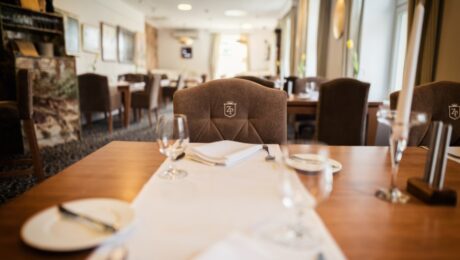
Restaurant
We serve expressive, modern dishes inspired by traditional Czech and French cuisine in the spirit of “slow food”. We often surprise our guests with the most popular dishes from all over the world.
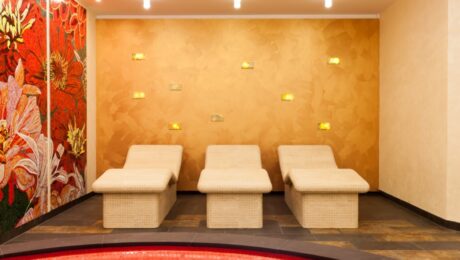
Spa & Wellness
Guests can stimulate their senses in the modern and stylish Spa & Wellness, which covers an area of approximately 800 m2. For complete privacy, a separate VIP SPA with its own Jacuzzi, water bed, shower and relaxation area is prepared.
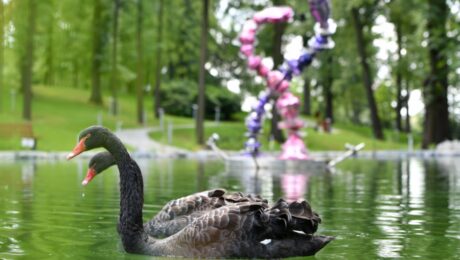
Castle Park
The chateau is surrounded by a beautiful park with old trees, in which there is a permanent exhibition of sculptures by Blanka Matraga and Aleksandra Koláčková. There is also a covered car park and a playground for children. In front of the castle there are two terraces with an outside kitchen.
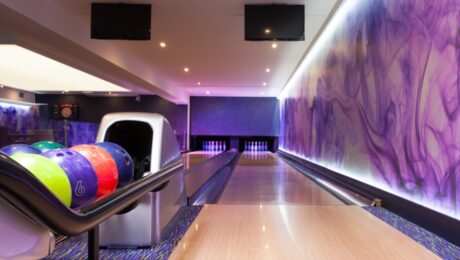
Bowling alley
Let’s bowl! We have 2 tracks at our disposal. In addition, there are darts and mini football.
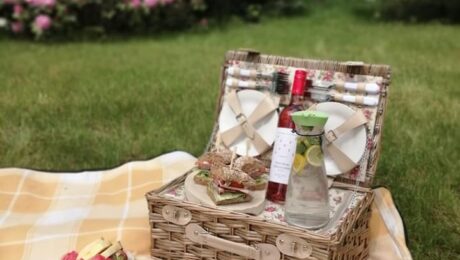
Picnic in the Castle Park
In the summer season, you can eat our picnic basket products in the chateau park. We offer an alcoholic and non-alcoholic version.
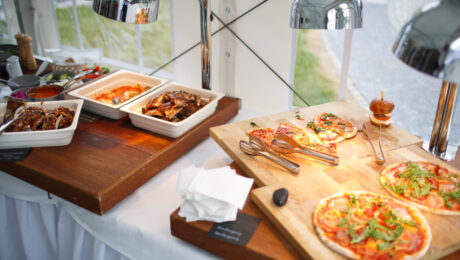
Cooking Lesson
An exclusive cooking lesson under the supervision of our Chef Vojtěch Beseda, who started his professional career at Gordon Ramsey’s restaurant in Prague.
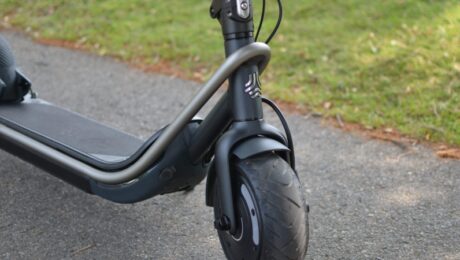
Electric scooters
A great idea for all those who wish to explore the surrounding area.
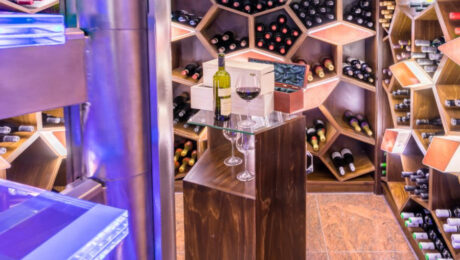
Wine cellar
An elegant place where you will find wines from local Moravian vineyards as well as selected vintages from the world’s best craftsmen.
Monuments and surrounding region
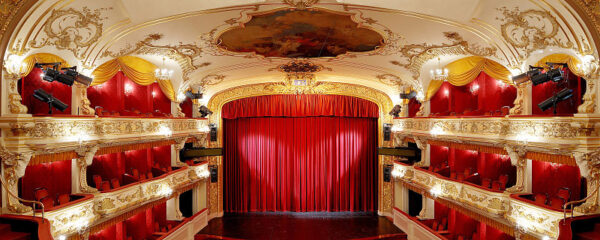
The Antonín Dvořák Theatre in Ostrava
It is one of the leading places in Czech theatre art, as evidenced by both awards at theatre festivals and the interest of guest-starring domestic and foreign production teams, choreographers and soloists.
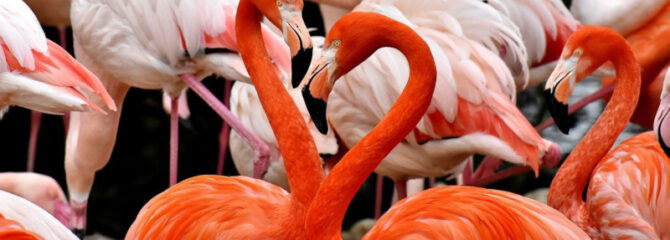
Zoo in Ostrava
Almost 360 species of animals live in the zoo. African ungulates (giraffes and zebras), predators and parrots, chimpanzees, lemurs, elephants, hippos and other interesting animals attract the attention of visitors, especially young people. The Zoo actively participates in saving endangered species under the European Endangered Species Programme (EEP).

Lower Vítkovice
The exhibitions cover the Children’s World, the World of Science and Discovery, the World of Civilization and the World of Nature. Sightseeing, or rather getting to know, is organized in accordance with the latest trends: there are no numbers and boring formulas here, but experience, fun and a place to relax. In 2002, Lower Vítkovice was declared a national cultural monument of the Czech Republic, and in 2008 the complex was included in the European Cultural Heritage.
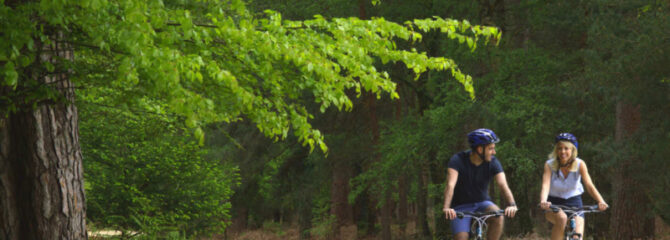
Iron Bike Trail
A 43-kilometer loop runs along the Polish-Czech border, and more precisely through the areas of 5 communes: Godów, Jastrzębie-Zdrój and Zebrzydowice, as well as the Czech: Karviná and Petrovice u Karvine. The theme of the trail is Railway, because it had a great impact on the economic and infrastructural development of the region.

Golf Course Šilheřovice
Master 18-hole golf course Park Golf Club in Šilheřovice is sensibly situated in an exquisite landscaped park, founded at the beginning of 19th century. The chateau, which is the dominating feature of the park, was property of the Rothschild family in the years 1844-1945. The course was built according to Ing. Jan Cieslar’s design in 1968. Customised historical tropical greenhouse on the lakeside serves as a clubhouse.
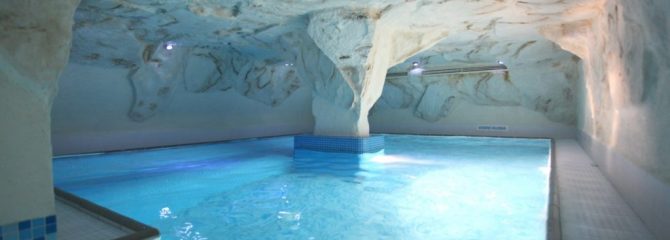
Water World Ostrava Water Park
The complex has an outdoor pool with a water slide and an indoor pool centre. In addition, you can also find a gym here.
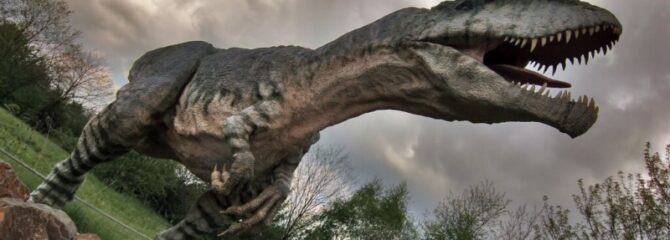
Dino Park in Ostrava
A journey to the time of the great reptiles. On an area of 35 hectares, you can find 30 different settings with over 70 species of mesozoic animals in their natural size on display. In the Dinosaur Park in Ostrava, we will broaden your knowledge on each of the species and help you obtain information about the evolution of life on Earth and the movement of continents.
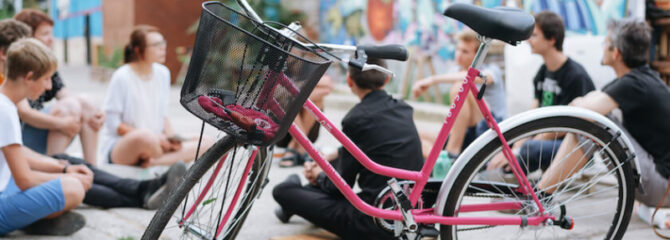
Bikesharing Rekola
If you enjoy sightseeing with a bike, you will be pleased to know that the popular Rekola system is now also available in Ostrava. All you need to do is install the application on your phone or sign up on the company’s website and book a bike via SMS, Facebook or Messenger.
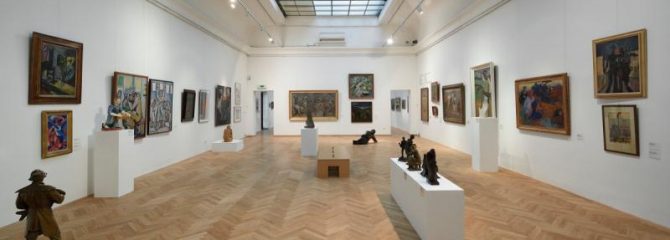
The House of Art in Ostrava
The gallery of fine arts in Ostrava is a budgetary unit of the Moravian-Silesian Region and it is the largest collector’s gallery in the region. Every year, the Gallery’s exhibitions and events are visited by over 100,000 art lovers. The collections are constantly growing, and now contain over 23,000 works of art. The exhibition halls are located in the House of Art, a historic building from 1926 that is one of the jewels of Ostrava architecture. In terms of the quality of the collection, the Gallery ranks among the 5 most important collector’s institutions in the Czech Republic.
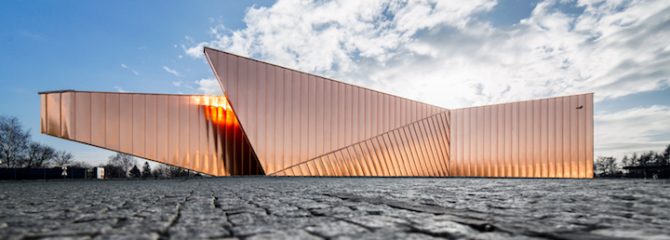
Fire Museum in Żory
The concept combines the functions of a science park, a technology museum and a regional history centre. Besides all this, it is also a great entertainment for toddlers, even the youngest. Inspirational attractions stimulate children’s creativity and encourage further intellectual development.
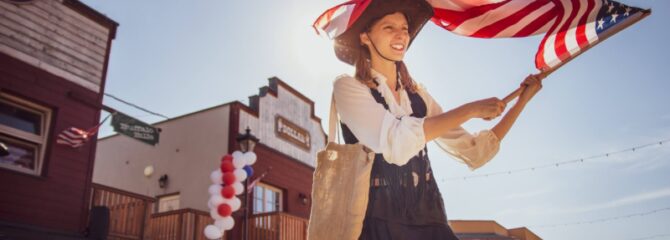
Twin Pigs Western Town in Żory
There are 8 thematic zones, 50 attractions, over 60 animals, unforgettable stunts, live music and a fantastic atmosphere for all generations!
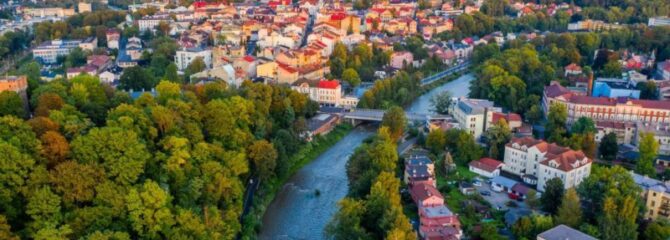
Cieszyn
On the Polish side, Cieszyn is first and foremost the legendary Well of Three Brothers, associated with the legend of the city’s founding. The second must-see place in Cieszyn is the Castle Hill, known primarily for its Romanesque rotunda and the gothic tower – the only surviving fragment of the former Piast castle. It is worth climbing to the top of the Piast Tower and looking at the magnificent panorama of the city from the viewing gallery there. Another point that cannot be missed is Cieszyn Venice. The Cieszyn market square is a must, with the magnificent town hall and the parish church of St. Mary Magdalene. Near the market square, in a former palace, there is the Museum of Cieszyn Silesia, where you can learn about the history of not only this beautiful city, but also the entire Cieszyn Silesia region.
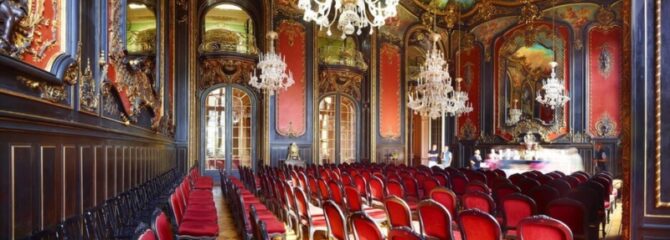
Castle in Pszczyna
The residence fortunately survived World War II, not having been devastated by the German or Soviet troops, and therefore already in 1946 a museum was established here, which is now called the Castle Museum in Pszczyna, presenting mainly the palace interiors and equipment as well as items from the Hochbergs’ collection. On May 9, 2001, the Miniature Cabinet was opened in one of the rooms of the castle, and on May 12, 2009, in the Gothic cellars – the Armory.












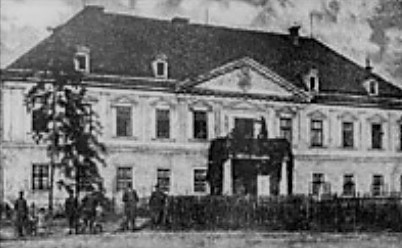

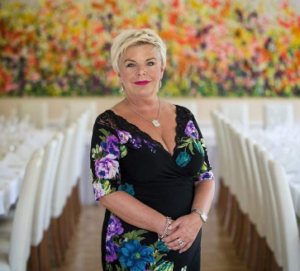 The Owner – Jolanta Burkot
The Owner – Jolanta Burkot